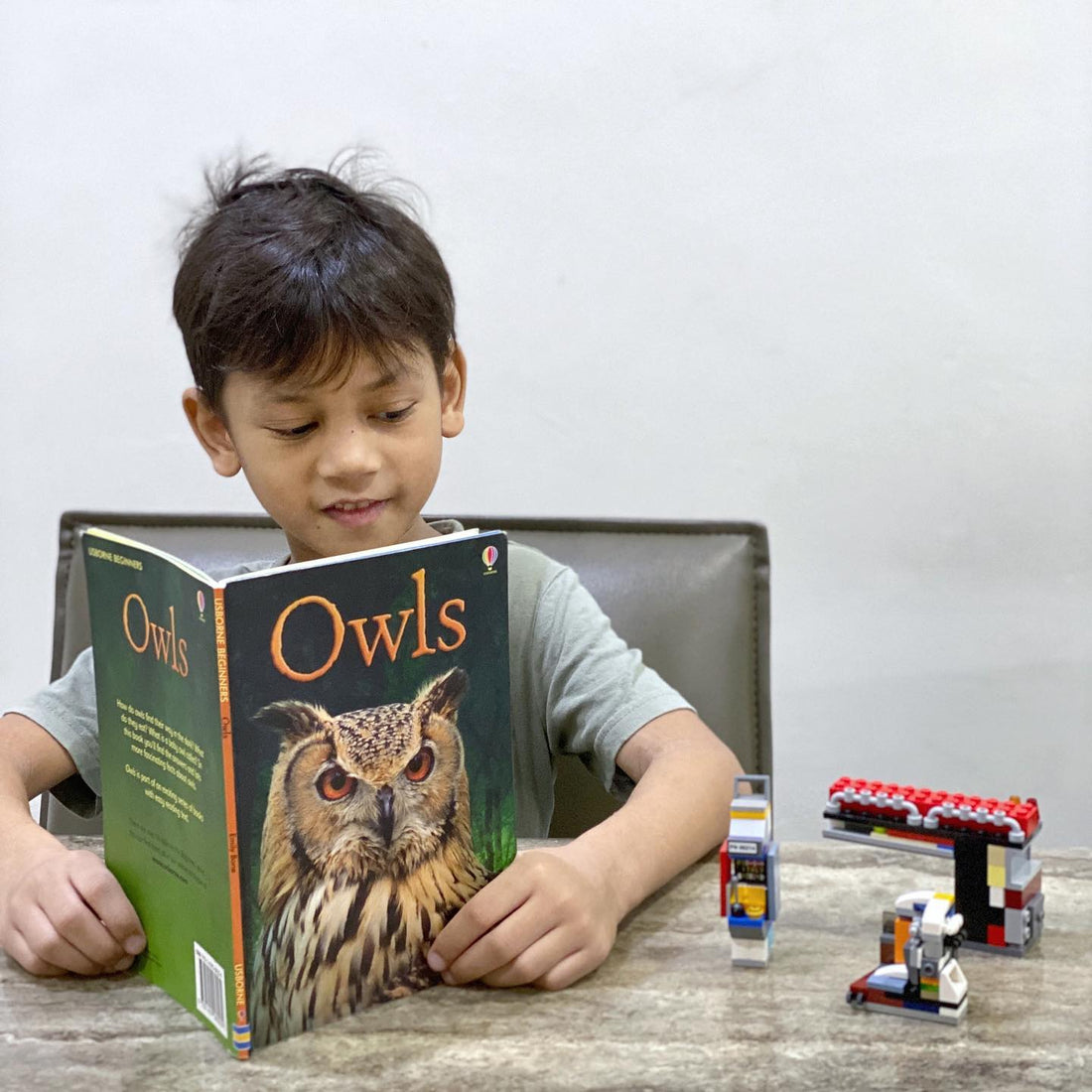
Unlock Your Child’s True Potential: 7 Types of Learning Styles
Share
Every child learns in their own unique way. Understanding your child’s preferred learning style can help you support their development more effectively, whether at home, in school, or during play.
Here are 7 different types of learning styles and how to identify them in your child:
1. Verbal (Linguistic)
These children love words, spoken and written. They enjoy storytelling, reading, writing, and role-playing. You’ll often find them narrating stories or asking lots of questions.
2. Physical (Kinesthetic)
Hands-on learners who prefer movement, touch, and physical exploration. They may learn best through activities, games, or crafts and often enjoy sports and dancing.
3. Logical (Mathematical)
Logical learners thrive on reasoning, problem-solving, and pattern recognition. They enjoy puzzles, numbers, and experiments, and often ask “why” and “how” questions.
4. Visual (Spatial)
These children learn best through images, diagrams, and visual cues. They prefer watching over listening and enjoy drawing, building, and observing.
5. Social (Interpersonal)
Social learners are team players. They communicate well, enjoy group activities, and learn best through interaction, discussions, and collaborative tasks.
6. Aural (Auditory-Musical)
These children respond well to sound, rhythm, and music. They may sing, hum, or be particularly attentive during lectures or storytelling.
7. Solitary (Intrapersonal)
Independent and introspective, solitary learners prefer to work alone. They are self-motivated and enjoy personal reflection, journaling, and quiet study time.
What Type is Your Child?
Recognizing your child’s learning style can unlock new ways to teach, connect, and nurture their natural talents. Whether they thrive in groups, through music, or with hands-on learning—every style is valid and valuable.

